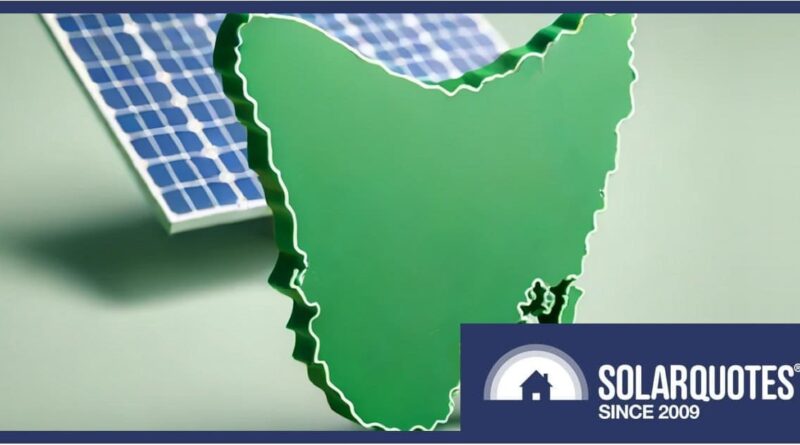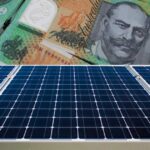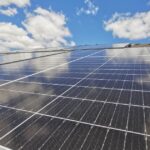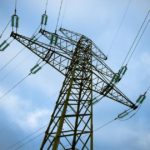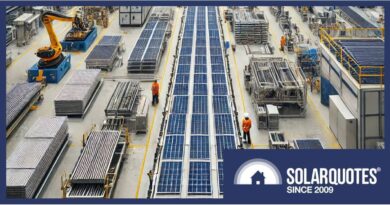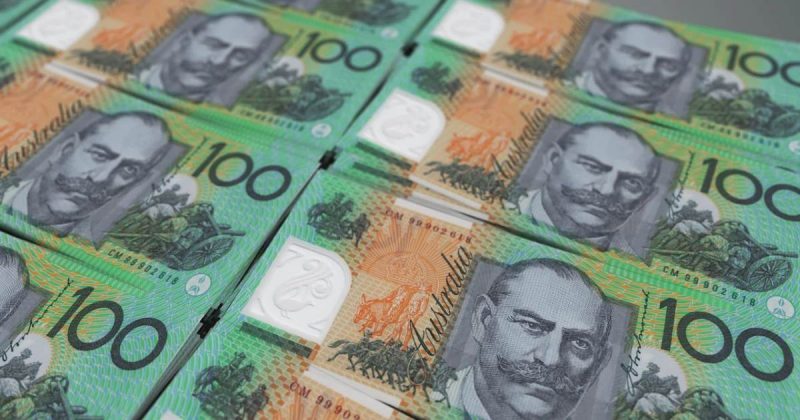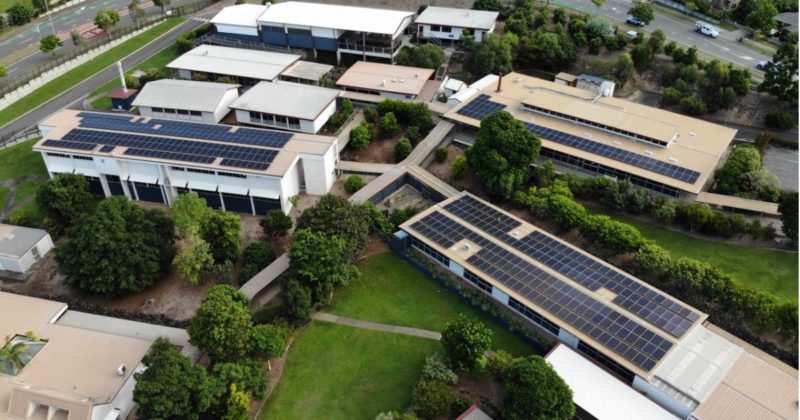Tasmania’s Solar Feed In Tariff Takes A Hit
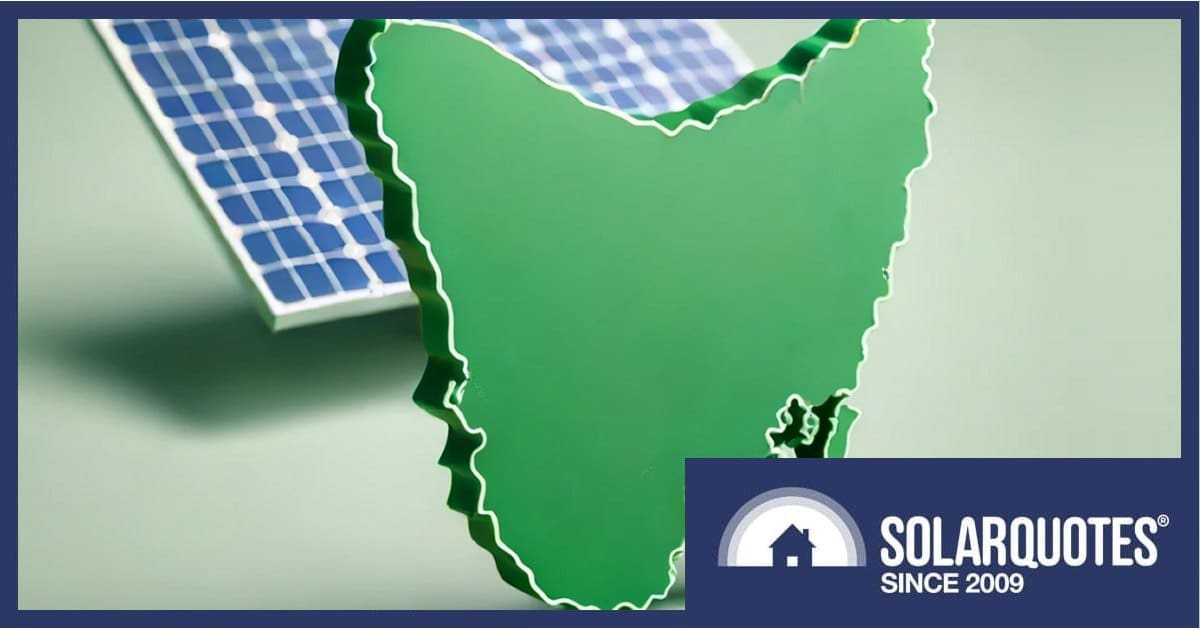
While many Tasmanians shouldn’t experience as much electricity bill hip-pocket pain in the new financial year, those with solar panels will be receiving less for the electricity they export to the grid.
With just a couple of weeks to go before the end of the financial year, Tasmania’s Economic Regulator has set standing offer electricity prices and minimum solar feed-in tariff rates from July 1.
In terms of electricity supply and after a couple of years of significant price hikes, the Regulator has given the nod to an average increase of 0.50 per cent in regulated electricity tariffs for Tasmanian households and small businesses. But this increase will be more than offset by a state government $250 electricity bill relief rebate in 2024-25 for all households ($300 for small businesses). Added to this is the federal government’s rebate of $300 for households and $350 for small businesses.
“In fact, as a result of combined state and federal energy bill relief measures, the average Tasmanian concession-holder can expect to see more than $1,000 shaved off their power bill this coming financial year,” said Tasmania’s Treasurer Michael Ferguson.
There’s nothing Tasmanians need to do to get these rebates – the payments will be credited to their electricity accounts.
So, that’s the good news. Now the not-so-good news.
TAS Solar Feed-In Tariff Reduction
Currently, the minimum feed-in tariff rate in Tasmania is 10.869 cents per kWh, which is the highest it has been for years. From 1 July 2024, the minimum feed-in tariff rate will drop to 8.935 cents per kWh – 17.8 per cent lower, but around the same as 2022/23. The Economic Regulator says the lower rate is due to a decrease in wholesale electricity prices forecast for 2024-25.
Here’s how Tassie’s solar feed-in tariff rates have tracked since 2016/17.
| Period | c/kWh |
|---|---|
| 2024/25 | 8.935 |
| 2023/24 | 10.869 |
| 2022/23 | 8.883 |
| 2021/22 | 6.501 |
| 2020/21 | 8.471 |
| 2019/20 | 9.347 |
| 2018/19 | 8.541 |
| 2017/18 | 8.929 |
| 2016/17 | 6.671 |
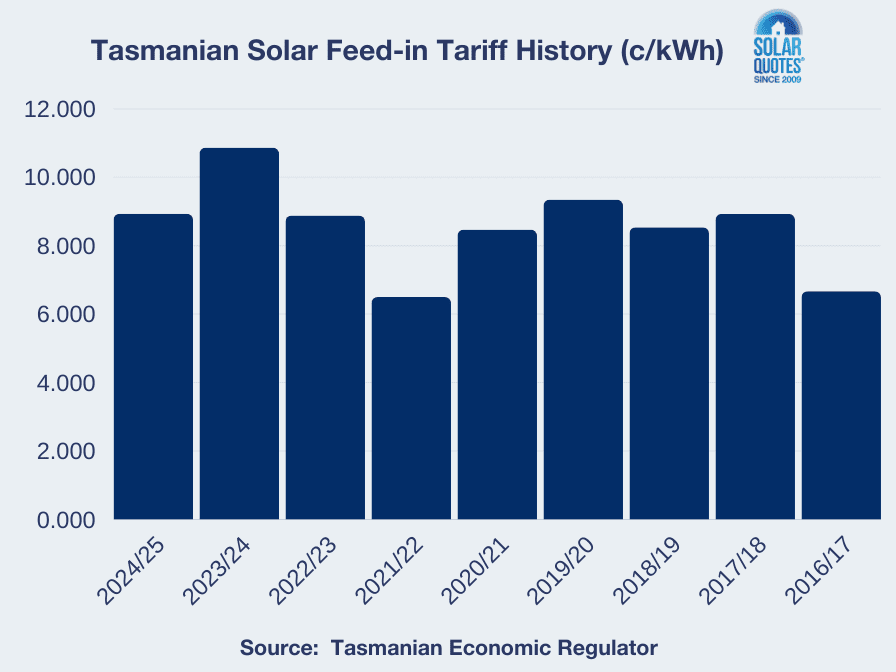
It used to be that Aurora Energy was the only electricity retailer in Tasmania, but now there’s six. It’s important to note that the 8.935c rate in the new financial year is the *minimum* electricity retailers can pay. They can offer more, although I noticed when comparing electricity retailers in Tasmania yesterday that all are offering the minimum at the moment – but other aspects of their plans vary.
As in other states, the real value from having a solar power system is avoiding expensive mains grid electricity, not in feed-in tariffs. Solar energy self-consumption is the name of the game and electricity bill rebates will take the sting out of the reduction.
Based on results from SQ’s solar calculator, a 10kW solar system installed in Hobart on a 9c feed-in tariff should achieve simple payback in approximately 7.5 years. And that assumes a 1c per kWh annual decline in feed-in tariff until a floor of 6c per kWh is reached. Whether that will happen is anyone’s guess, and your own payback will vary depending on how much you pay for a system and your household’s energy consumption profile.
While solar power systems can be pricier in Tasmania, a huge positive is system quality. Generally speaking, it’s probably the best in Australia thanks to all systems being inspected through a robust program run by the state’s Department of Justice. Solar cowboys aren’t welcome in the Apple Isle and those that set up shop usually don’t last too long.
Original Source: https://www.solarquotes.com.au/blog/tas-solar-tariff-mb2945/

